vulgaris but can continue well into adulthood. Acne causes red bumps or pimples on the face but the neck, chest, back, shoulders, and upper arms can also get affected. If you’ve ever wondered what causes acne or why people get pimples, the answer lies in a combination of hormones, bacteria, and genetics.
Acne can be consistent or occur intermittently with different severities. Either way, it can easily suppress a person’s confidence, especially in adolescents.
In this article, we will review 15 ways to get rid of acne to help you build your skin and also confidence back. They include both commercial treatments and natural remedies that you can try at home. But first, we need to understand what causes acne in the first place.
What Causes Acne?
Although acne is a complex skin issue but some concepts have been proven correct in response to acne treatments:
- Excessive sebum production by sebaceous glands of the skin is the main cause that fills the pores and clogs them leading to occasional pimples and blackheads. If the bacteria P. acnes can get into the site, infection occurs and attracts white blood cells to kill the bacteria that lead to inflammation, and whiteheads or papules formation. In severe cases, pustules, nodules, and cystic acne are formed that contain pus. Fungal acne can also develop in presence of excess yeast in the hair follicles. also develop in presence of excess yeast in the hair follicles. Some people also experience acne bumps under skin that don’t form a whitehead; these are deep inflammations that require patience and gentle care.
- Dead skin cells that should be removed from the surface through a regular cleansing process are also one of the causes of pimples because they get trapped in the pores and cause different types of acne. For those wondering how to get rid of under skin spots, gentle exfoliation is often key.
Other factors might also cause pimples:
- Hormonal fluctuations especially in females due to the menstruation cycle, pregnancy, and menopause are most common cause. Excess testosterone is a likely cause of pimples.
- Digestive issues such as food intolerance or sensitivity can cause pimples in some people. Dairy and gluten are often blamed but medical tests are required to confirm the case.
- Infection in any one of the organs such as the stomach can lead to pimples on the face which has to be addressed effectively by a specialist.
-
Stress is another major factor behind acne breakout causes, as it increases inflammation and sebum production. Genetics and skincare products can also worsen acne breakouts, especially those with comedogenic ingredients.
- Genetics also play a role as it has been observed that acne-prone skin can be a family trait.
- Skincare and makeup products are major contributing factors that can clog the hair follicles with their excessive oil and cause acne breakout. That is why you should only use makeup products that are oil-free, non-comedogenic, and hypoallergenic.
So, a comprehensive acne treatment plan might involve certain medical tests and specialists in addition to a dermatologist but for mild cases, you can try some safe home remedies for acne.
How to Get Rid of Acne: 15 Acne Treatments You Should Try
There are many over-the-counter (OTC) products you can find in pharmacies that have scientifically proven effect but there are some natural remedies too that you can find at home. Here are some home remedies and substances that can help you get rid of or improve your acne.
1. Salicylic acid
It is the main ingredient in most spot treatment products in concentrations of 0.5% to 2% that acts quickly. It absorbs excess oil, removes dead skin cells, and resolves the inflammation. This is one of the fastest ways for how to get rid of deep pimples safely at home.
Aspirin is a good example that contains salicylic acid so you can crush one tablet and mix it with a small amount of water to make a paste. Apply it on the pimples and let it sit for 10 to 15 minutes then rinse with warm water and pat dry. Slight dryness might occur after this treatment.
2. Benzoyl peroxide
Benzoyl peroxide is another main ingredient in acne spot treatments found in drugstores that have concentrations of 2.5% to 10%. It performs the same job as salicylic acid especially on whiteheads but also kills the bacteria that cause infection. Benzoyl peroxide also has a drying effect on the skin. So be mindful of the dosing and frequency of application. For the same reason, sun exposure and tanning beds should be limited during treatment.
3. Retinol
A vitamin A derivative from the retinoid family that is approved for OTC products in 0.1% concentrations, Retinol can increase cell turnover to unclog pores and reduce oil production. It comes in the form of cream, lotion, and gel. You should start with once a week at night and increase the frequency gradually so your skin gets used to the product. Retinol increases skin sensitivity, so sun protection is a must.
4. Azelaic acid
Azelaic acid is produced by a yeast that has anti-bacterial and anti-inflammatory properties. It comes in 20% concentrations in conventional products.
5. Sulfur
This chemical compound can reduce sebum production and clear pores. Sulfur is gentler on the skin compared to salicylic acid and benzoyl peroxide which makes it ideal for sensitive skins.
Sulfur is abundant in many foods that you have at home such as onion, garlic, and cabbages that is why they are recommended in most home remedies and healthy diets.
6. Niacinamide
Niacinamide is vitamin B3 that has anti-inflammatory properties leading to less redness or lower sebum production. However, some flushing is associated with topical products.
7. Tea tree oil
Tea tree oil is one of the botanical options that has found its way to the commercial market. It is extracted from the leaves of the Melaleuca Alternifolia tree native to Australia. It is a known anti-bacterial substance that can fight P. acnes and S. epidermidis bacteria, two common causes of pimples.
It is worth mentioning that tea tree oil is potent enough to cause skin irritation if applied directly to the skin. Therefore, it should always be diluted with a safe carrier oil in a ratio of 1 to 10 drops.
8. Green tea
Another herbal product that is abundantly available at home. It is a strong antioxidant that contains flavonoids and tannins to reduce inflammation. It also has epigallocatechin-3-gallate (EGCG) which is effective in reducing sebum production and inhibiting the P. acnes bacteria growth.
It is often found in 2–3% extract form in commercial products but you can make your own by brewing green tea at home. Just make the green tea as you usually drink, let it cool then apply it to your pimples with a cotton pad and let it sit for 15 minutes. Then rinse it thoroughly and pat dry. Do it 1 to 2 times a day and apply moisturizer as needed.
9. Essential oils
Many essential oils such as rose, lavender, cinnamon, clove, rosemary, lemongrass, basil, witch hazel, and orange, have anti-bacteria effects on S. epidermidis and P. acnes that often cause a breakout.
However, all essential oils must be diluted with a carrier oil in a ratio of at least 1 to 10 to prevent skin irritation. Apply the mixture on your skin once or twice daily.
Other ingredients such as honey can also be mixed specifically with cinnamon oil to maximize the anti-bacterial effect while being a hydrating agent.
10. Acetic acid
Acetic acid is the main ingredient of vinegar, which can be found in every kitchen. Apple cider vinegar is a good choice to treat acne but other vinegars such as grape are also effective.
Vinegar must be diluted with water in a ratio of 1 to 3 to prevent skin irritation. Apply it directly on pimples using a cotton ball, avoiding the eye area, and let it sit for less than 30 seconds. Then rinse thoroughly and pat dry. Apply moisturizer generously.
It can also be mixed with essential oils to maximize anti-acne properties.
11. Aloe vera
The gel in aloe vera leaves is believed to be a strong hydrating agent but it also has anti-bacterial and anti-inflammatory effects along with healing properties.
The anti-bacteria property is due to the presence of substances such as sulfur, salicylic acid, phenols, lupeol, urea nitrogen, and cinnamic acid.
You can buy aloe vera gel that comes in a tube but you can also make your own by scraping the gel out of an aloe vera leaf with a spoon. Keep it in the fridge and apply the mask once or twice a day on your pimples. Let it sit for 15 minutes and then rinse with lukewarm water.
12. Daily cleansing
Since the excess oil and dead skin cells are the main cause of acne development, it makes sense that cleansing and exfoliating will prevent and clear pimples.
Twice a day cleaning ritual with an acne cleanser or oily skin soap is the best practice that can save your skin. The safest scrub you can use is made at home with sugar and maybe some oil such as coconut or olive. Just gently massage your skin with the mixture and rinse thoroughly. It will feel soft and smooth.
Post-exercise skin wash is of critical importance since sweating that is left unwashed can attract bacteria and lead to inflammation. Scalp oil can also cause pimples so daily washing is necessary for oily hairs.
13. Avoiding foods that cause acne
As mentioned above, your diet has a direct effect on the quality of your skin and some foods and processes might cause acne. Eliminating these foods for a month and reintroducing them back will prove their role in your pimple breakout.
Insulin and glycemic index are believed to be a factor that relate to the speed at which carbohydrates are turned to simple sugar in the blood. The higher the GI the sharper the spik in insulin level that might increase sebum production. Processed grains such as white bread and pasta are often to blame for this issue so whole grains are promoted as a healthier option. A low glycemic diet also leads to lower levels of insulin-like growth factor-1 (IGF-1), which is a hormone involved in the development of acne.
Dairy products also contain hormones and growth factors that might lead to acne development. In addition, the majority of adults do not have the right digestive enzymes to process milk and its products so digestive issues might arise and affect the skin quality in the form of pimples.
14. Exercising
Doing exercises that increase the breathing rate is a proven method to burn energy, circulate more blood throughout the body and initiate the healing process that often leads to better skin quality. It also regulates hormone levels which can be helpful in cases of hormonal blemishes.
Stretches such as yoga might help with regulating your breathing and sleeping pattern after which you will feel more rested while your body has a chance of cleansing and healing pimples.
15. Avoiding popping pimples
Just leaving the acne pimples the way they are is the most effective way to prevent furthur deterioration since picking or squeezing can spread bacteria on your skin and lead to a breakout. Popping pimples also has the risk of scarring which will require invasive procedures to remove acne scars.
Closing Words
Whatever the non-prescription treatment for acne you choose, either organic or commercial products, remember to give it enough time (like a month) to see the actual effect. Otherwise, you might trigger breakouts or irritate your skin.
If you didn’t get a result, consult a dermatologist to find the root cause of your pimples. You might want to give prescription drugs a try that might include oral and topical medications depending on your age, type of pimples, and severity. Antibiotics, contraceptives, anti-androgen agents, retinoids (retinoic acids and tretinoin), Isotretinoin (Accutane), and cortisone injection are common options.
Be patient and commit to the treatment since acne might take several months to completely clear. But for a quick fix, there are other nonsurgical acne treatments such as chemical peel and laser genesis that you can undergo after consulting with a dermatologist.

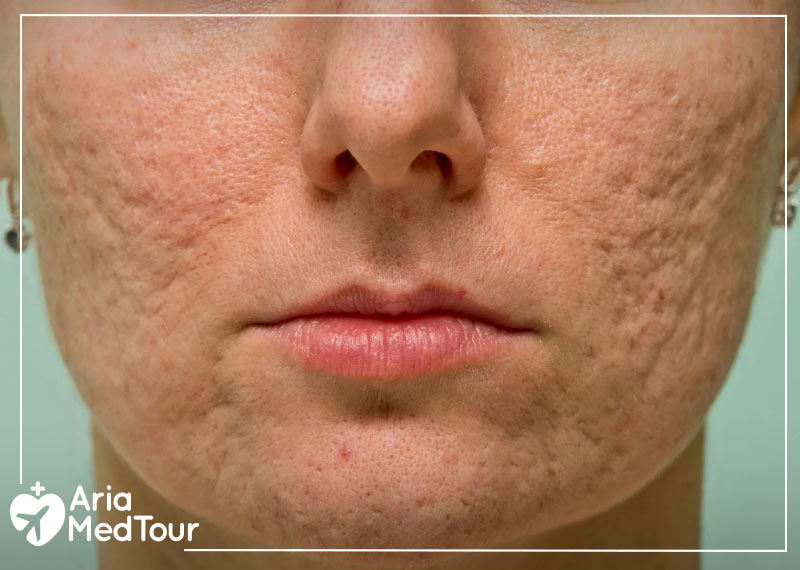
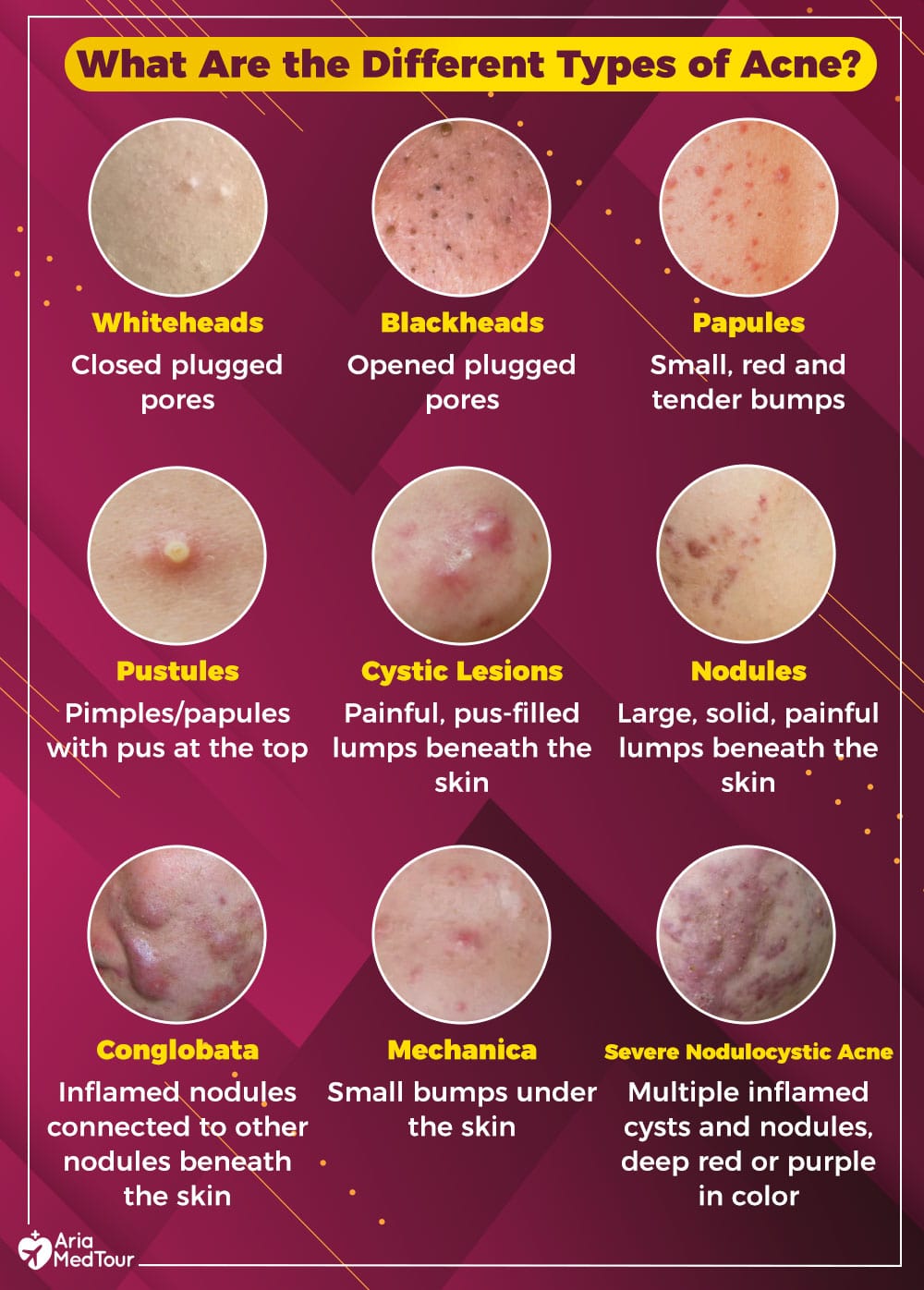
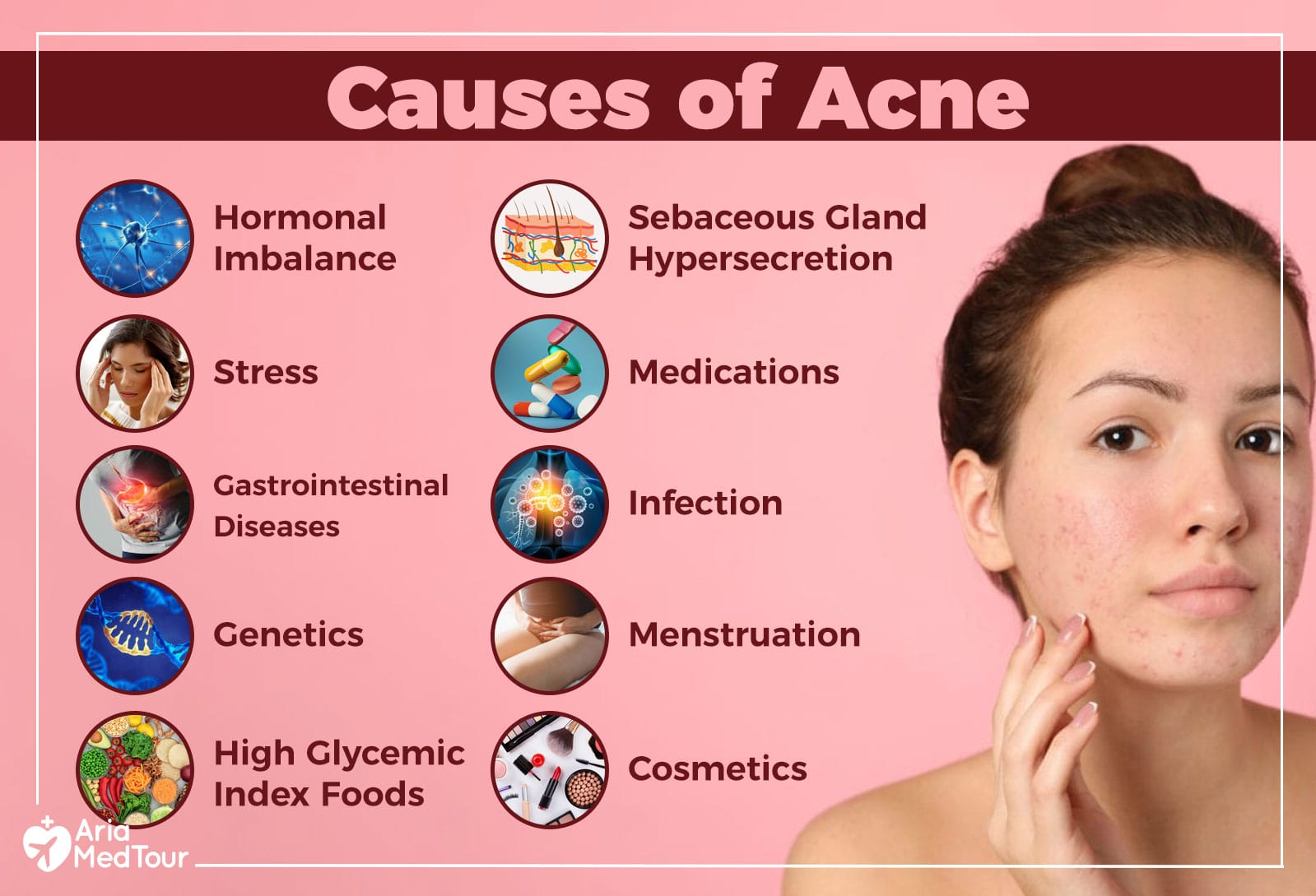

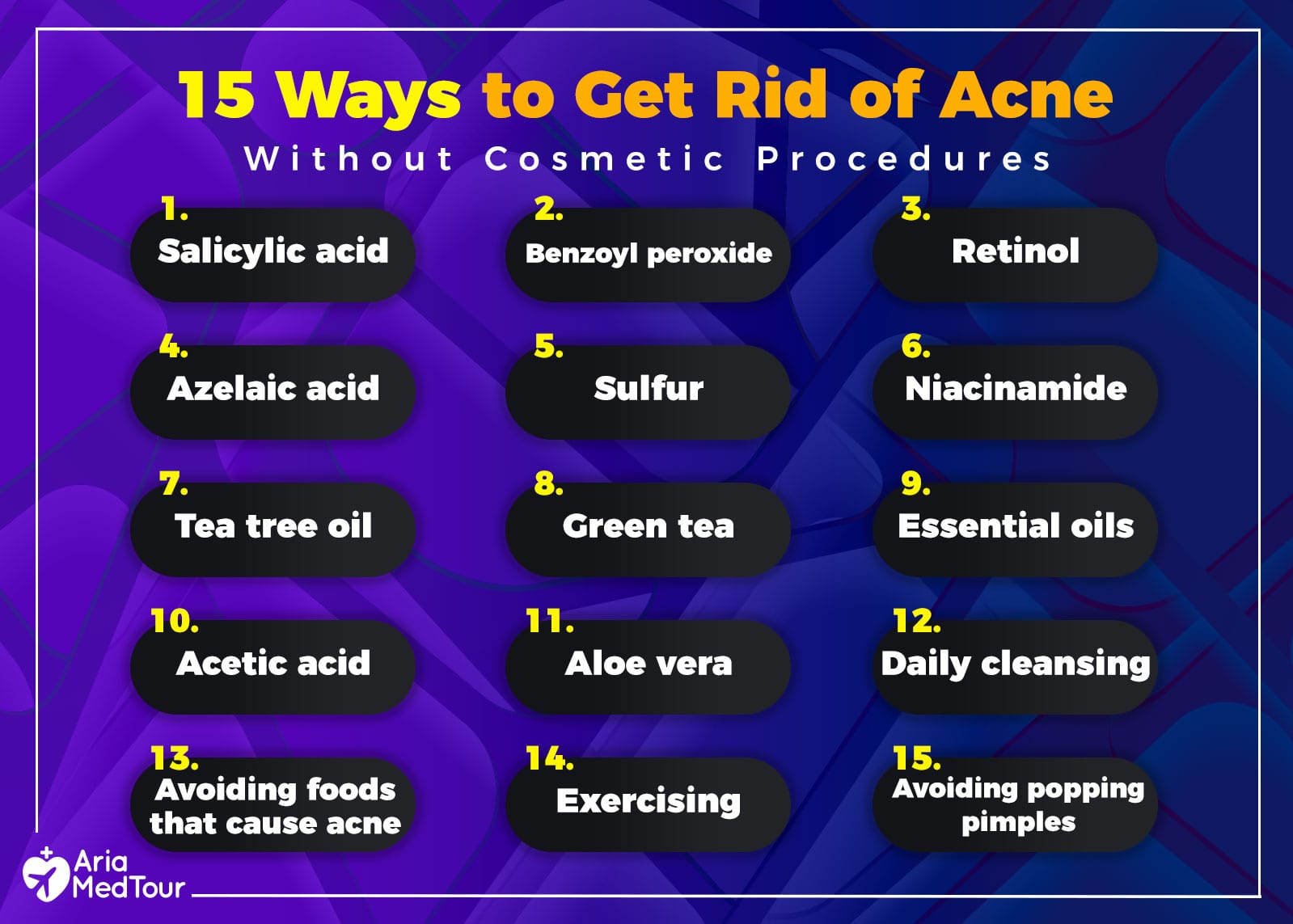
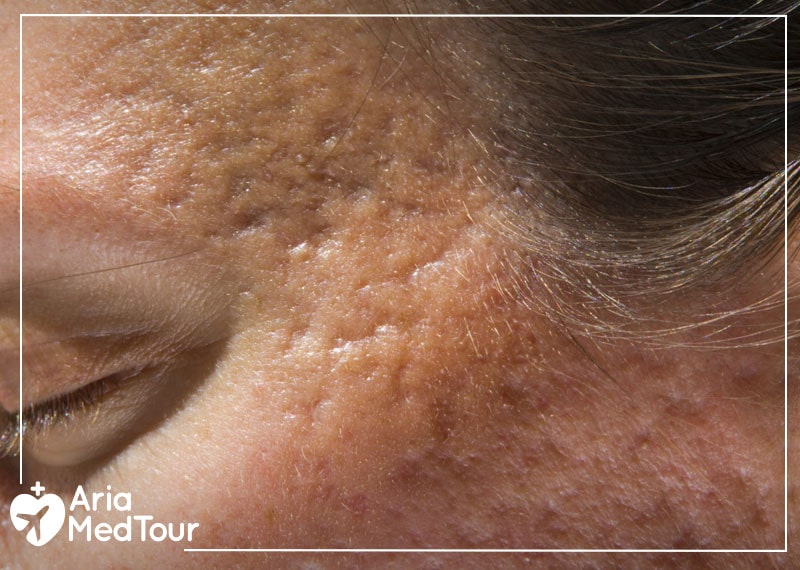
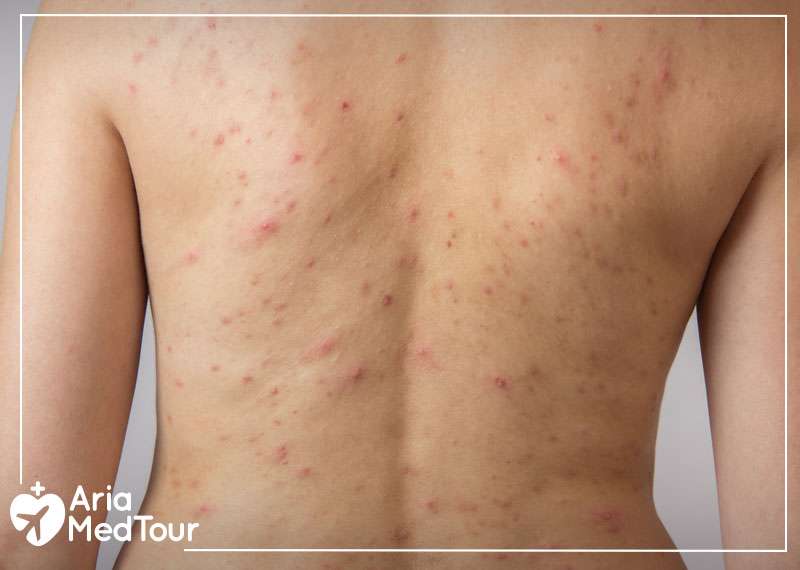
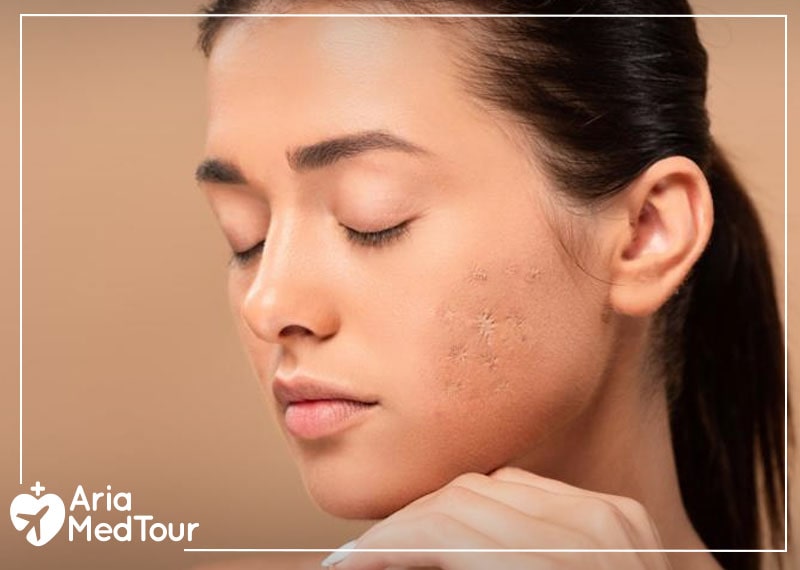
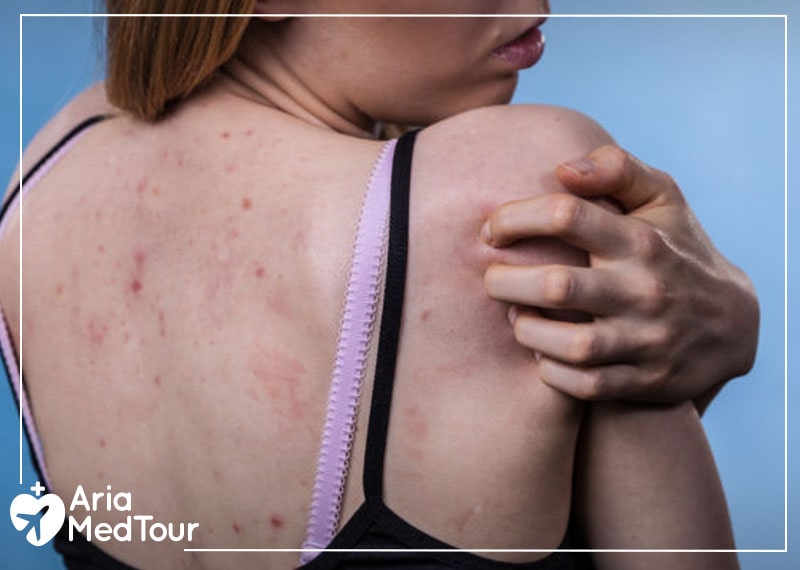
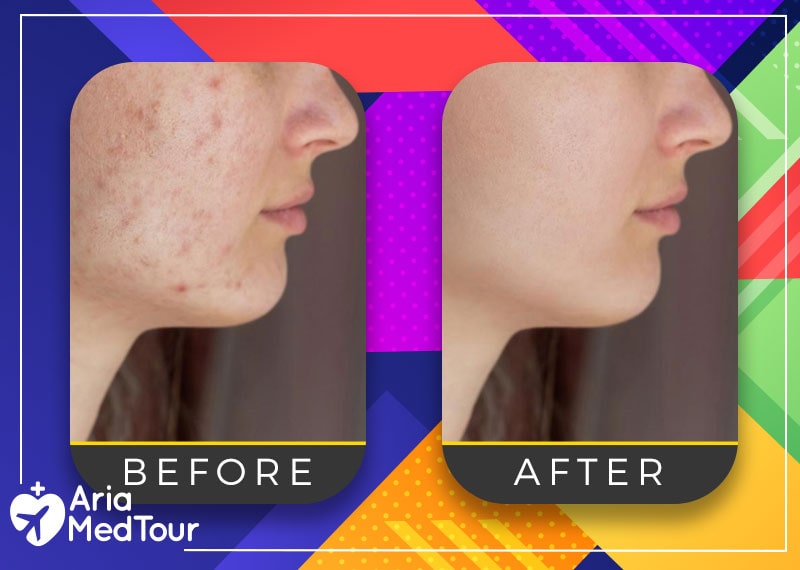
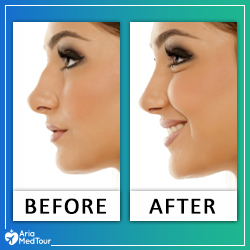
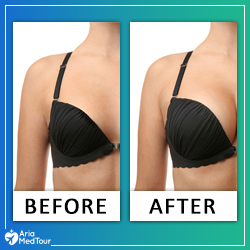
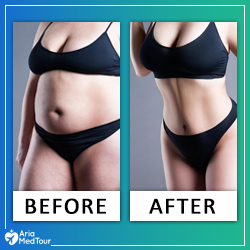
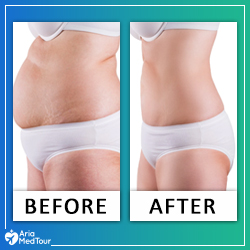
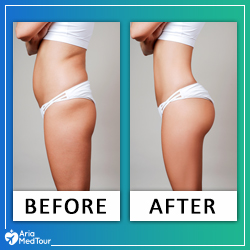
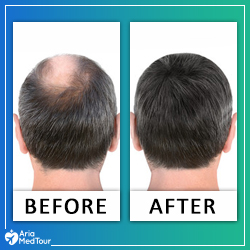
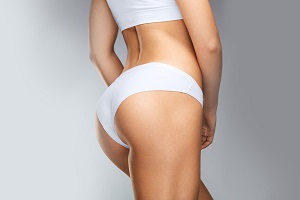

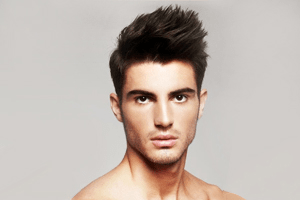
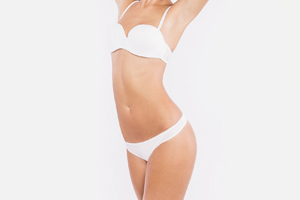
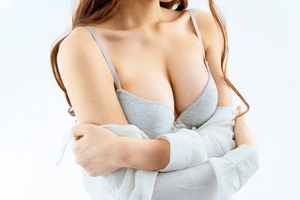
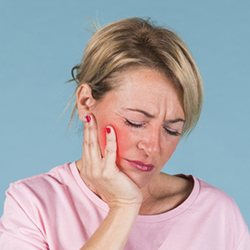
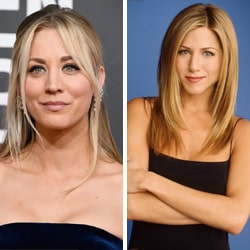
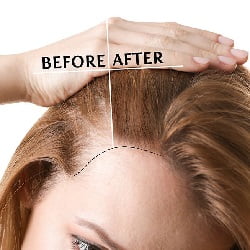
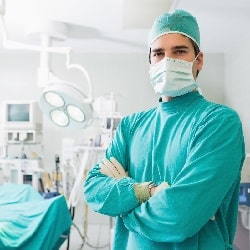
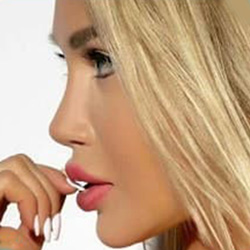
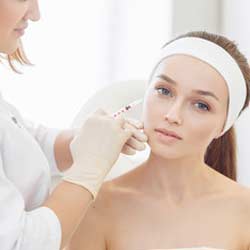
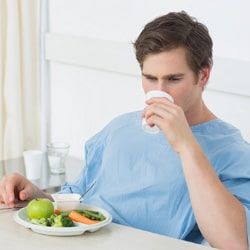
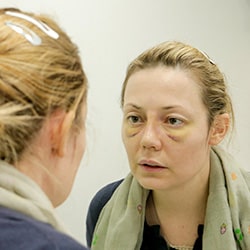
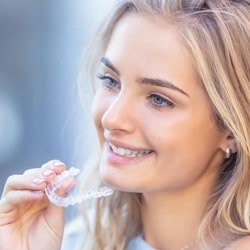
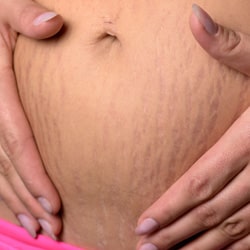
I have acnes in my back, sometimes my back completely is empty of acnes for example for months but sometimes it is full of acnes with all kind of them.
is there any specific reason for that. like bad food, special food etc.
Back acne can result from hormones, family history, some medications, poor hygiene, stress and anxiety, some skin care products, and trapped sweat.
And about the foods:
Researchers believe that foods high in sugar, fat and dairy ingredients can raise the risk of acne. Foods such as French fries, milk chocolate and sugary drinks are among those that can increase the risk of acne.
I have acne and cleans my face twice what product should i use becouse i have a really sensitive skin as a 12 year old ?
dear…Consult a Doctor or Dermatologist.
This is the most crucial step for safe and effective treatment. A doctor can provide a diagnosis and create a personalized plan that is gentle enough for young, sensitive skin.
Core Product Principles: Cleanser: Use a very gentle, fragrance-free cleanser. Avoid harsh scrubs.
Moisturizer: Apply a lightweight, oil-free, and fragrance-free moisturizer daily to protect your skin’s barrier.
Active Ingredients: Only use specific acne-fighting ingredients (like benzoyl peroxide or salicylic acid) under a doctor’s guidance, as they can irritate sensitive skin…
I’ve been struggling with under the skin pimples for years, and they’re so painful! I’ve tried many products but nothing seems to help. Can you please share some natural ways to get rid of deep pimples?
Hi Emily! Those acne bumps under the skin are quite common and often caused by clogged pores or hormonal changes. Try using warm compresses to reduce inflammation, drink plenty of water, and avoid picking at the pimples. Our article on how to get rid of under the skin pimples offers several safe, home-based remedies that can help calm the irritation without any cosmetic procedures. 🌿
Excellent article! Many patients ask me what causes acne and why acne breakouts happen even in adults. In my experience, the causes of pimples on the face in adults often relate to stress, hormonal imbalance, or an unhealthy diet.
Thank you, Dr. Ross! We completely agree — the causes of acne go beyond just oily skin. Lifestyle factors such as diet, sleep, and stress play a huge role. That’s why our guide focuses on holistic tips like nutrition balance, sleep hygiene, and gentle cleansing to help those wondering how to get rid of acne naturally.
Hey! I’m 17 and just started having constant pimple breakouts on my cheeks and forehead. Can you explain why people get pimples and what helps acne heal faster without using strong products?
Hi Layla! Teen acne is very common — it’s mostly caused by hormonal changes that increase oil production. To manage this, cleanse your face twice a day with a mild cleanser, eat less sugar, and avoid touching your face. Our tips on how to get rid of acne without products will help you create a simple skincare routine that works naturally.
As a busy mom, I sometimes get spots under the skin that don’t come to the surface but still hurt. I’m curious, what causes spots like that, and how to remove acne safely at home?
Hi Maria! Those under skin spots are usually caused by trapped oil and bacteria deep within the pores. Applying ice to reduce swelling and using tea tree oil or aloe vera can help. For more tips, check our section on how to get rid of spots under the skin naturally — they’re gentle, effective, and mom-friendly! 🌼
I work long hours and recently noticed more acne breakouts on my chin. I’m not sure what is acne exactly — is it just dirt, or something more?
Great question. Acne isn’t just dirt; it’s an inflammation of the skin caused by blocked pores and overactive oil glands. Stress and long working hours can make it worse. We recommend checking our list of natural solutions on how to get rid of pimples and manage acne breakout causes effectively without harsh products.
I wanted to take a moment to commend you on the outstanding quality of your blog. Your dedication to excellence is evident in every aspect of your writing. Truly impressive!
Thank you for your content dear. we are glad that you are following us and used our content…
Great article, thank you for sharing these insights! I’ve tested many methods for building backlinks, and what really worked for me was using AI-powered automation. With us, we can scale link building in a safe and efficient way. It’s amazing to see how much time this saves compared to manual outreach. https://seoexpertebamberg.de/
Thanks,friend. We are glad that you used our content and shared your opinion with us…